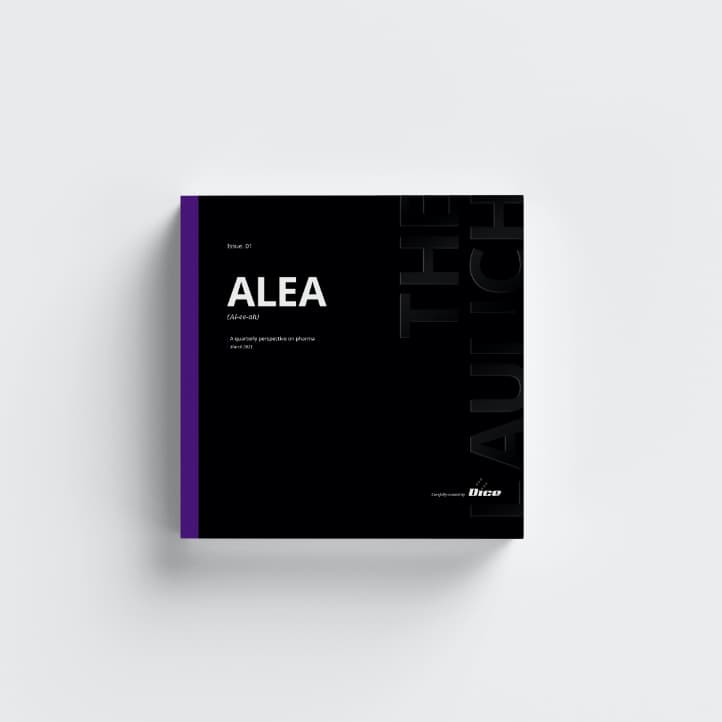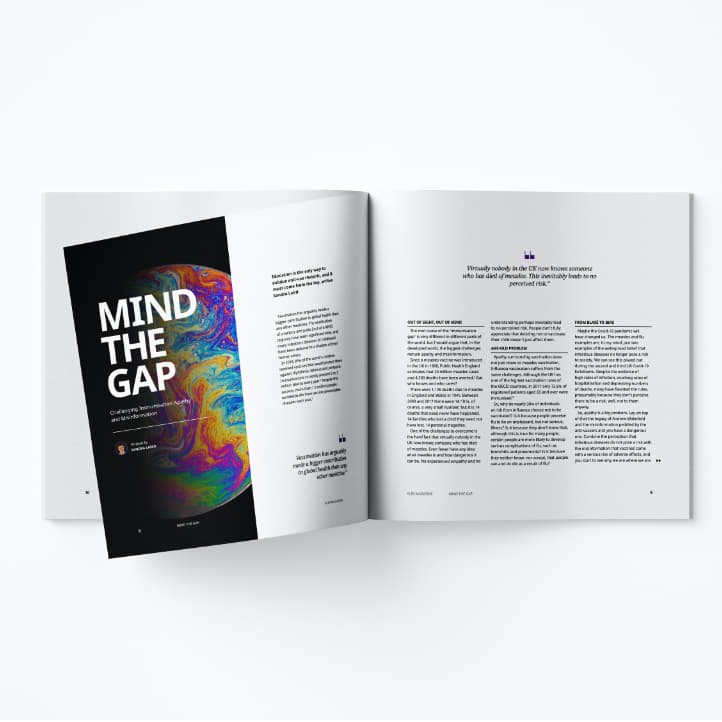
Dementia – Time to Match Facts With Funding
The latest stats around dementia show why it’s essential to level the funding playing field.

The NHS defines dementia as “a syndrome (a group of related symptoms) associated with an ongoing decline of brain function”.
Alzheimer’s Research UK provides further clarity, as follows:
“Alzheimer’s and dementia are two words often used interchangeably, but in fact they are not the same thing.
Dementia is not a disease in itself, but a word used to describe a group of symptoms that occur when brain cells stop working properly, notably memory loss and problems with communication and orientation.
The symptoms a person with dementia experiences are caused by the disease that is affecting their brain. You can describe dementia as a ‘condition’ but not as a ‘disease’.”
Which diseases cause dementia?
Alzheimer’s disease is the most common disease that causes dementia. Other diseases that cause dementia include:
- Vascular dementia
- Dementia with Lewy Bodies (DLB)
- Frontotemporal dementia (FTD)
Dementia insights
We can see from the inpatient data that year on year, more people are being admitted to hospital with dementia in the primary*, secondary** and any*** diagnosis position, although the global Covid-19 pandemic has impacted hospital activity in 2020.
“The NHS states that one in 14 people over the age of 65 have dementia, and the condition affects one in six people over 80.”
*Primary diagnosis position/primary admissions: The diagnosis that is the main cause/reason for admission.
**Secondary diagnosis position/secondary admissions: Secondary diagnoses are conditions that coexist at the time of admission, that develop subsequently, or that affect the treatment received and/or length of stay. These diagnoses are vital to documentation and have the potential to impact a patient’s severity of illness and risk of mortality. Up to 20 secondary diagnoses can be recorded per admission
*** Any diagnosis position: Any diagnosis position means that the diagnosis of interest has been listed as either the primary diagnosis or one of up to 20 secondary diagnoses.
Hospital Admissions
The graph below looks at primary admissions for dementia and shows us that in 2019 there were 48,350 primary dementia admissions. 2020 saw 39,650 primary admissions.
The majority of dementia admissions are non-elective (unplanned/emergency admissions), and this applies when dementia is in primary, secondary or any diagnosis position:
- For patients with a primary diagnosis of dementia there were:
- 45,640 non elective admissions in 2019
- 37,895 non elective admissions in 2020
- When we look at dementia in any diagnosis position we can see (as shown on the graph below):
- 536,210 non elective admissions in 2019
- 441,825 non elective admissions in 2020
Patients with dementia are generating a very high level of hospital activity, especially when we look at patients admitted to hospital with dementia in any diagnosis position.
Co-morbidities
The co-morbidities report allows us to determine the conditions/ co-morbidities that patients with dementia in any diagnosis position are being admitted for.
We can see from the table above that ‘essential (primary) hypertension’ is the most common co-morbidity among those admitted with dementia in any diagnosis position, with 21,235 admissions in the 12 months up to October 2020. This is followed by ‘tendency to fall’, with 11,420 admissions in the 12 months up to October 2020.
The cost of treating dementia patients admitted to hospital
The cost of treating patients with a primary diagnosis was £122,030,000 in 2019 and £74,828,000 in 2020.
When we look at costs associated with patients admitted with dementia in any diagnosis position, the costs are even higher, due to the large number of patients in this cohort, as detailed above, and the complexity of the treatment that they require.
In 2019 the cost of treating patients with dementia in any diagnosis position was £2,145,134,000. In 2020 this cost reduced to £1,421,075,000, probably as a result of decreased hospital admissions due to the Covid-19 pandemic.
“If we don’t address how dementia is understood, researched, diagnosed and treated, the burden on the NHS is set to increase exponentially over the coming years.”
Who is affected by dementia?
The NHS states that one in 14 people over the age of 65 have dementia, and the condition affects one in six people over 80.
The majority of patients admitted with dementia in any diagnosis position are aged 71 years and over, and we can also see from the graph below that there are more female patients admitted than males.
There are, however, a significant number of patients aged 61-70 presenting to hospital with dementia in any diagnosis position. In 2020 there were 84,725 males aged 61-70 in this patient cohort, and 63,665 female patients.
The number of people with dementia is increasing because people are living longer. It is estimated that by 2025, the number of people with dementia in the UK will be more than 1 million.
The rising cost of dementia care
The total cost of dementia in the UK is expected to more than double in the next 25 years, from £26 billion to £55 billion in 2040, as the number of people living with dementia increases.
In 2012, for every £10 in health and social care costs, cancer received £1.08 in research funding, coronary heart disease (CHD) received £0.65, stroke received £0.19 and dementia received £0.08. This is 13 times less than cancer, and despite the fact that the economic impact of dementia is greater than cancer and heart disease combined.
If we don’t address how dementia is understood, researched, diagnosed and treated, the burden on the NHS is set to increase exponentially over the coming years as more of us live longer, and more of us suffer from the cruel effects of dementia and related diseases.
It is a critical area for the government to support in terms of research funding, not only to alleviate the burden on the NHS, but also to help eliminate the suffering of dementia patients and their friends and family.
How Dice is supporting Alzheimer’s Research UK
Dice has selected Alzheimer’s Research UK as our chosen charity for the next 12 months. We are committed to raising awareness of dementia and Alzheimer’s, as well as raising money to support Alzheimer’s Research UK’s impressive efforts.
Alzheimer’s Research UK is the UK’s leading dementia research charity dedicated to diagnosis, prevention, treatment and cure. Its mission is to bring about the first life-changing dementia treatment by 2025.
In the past year alone Alzheimer’s Research UK has invested over £13.3 million into 64 new research projects. But their fundraising efforts have been greatly impacted by the Covid-19 pandemic.
Dice commits to doing everything we can to support the efforts of Alzheimer’s Research UK, especially in light of how badly Alzheimer’s patients have been affected by the Covid-19 pandemic, with restrictions on care homes, isolation and delays in treatment.
’50km in 10days’ challenge
We kicked off our fundraising activities with a challenge. We each committed to walk, run or cycle 50km between 1st and 10th April.
Everyone rose to the challenge and some even far exceeded 50km, whilst others found it slightly more taxing! Collectively we walked/ran/cycled over 798km and raised £4,387.72 for Alzheimer’s Research UK
For more information, please visit https://www.alzheimersresearchuk.org/.
- Alzheimer’s Research UK
- https://www.dementiastatistics.org/statistics-about-dementia/






